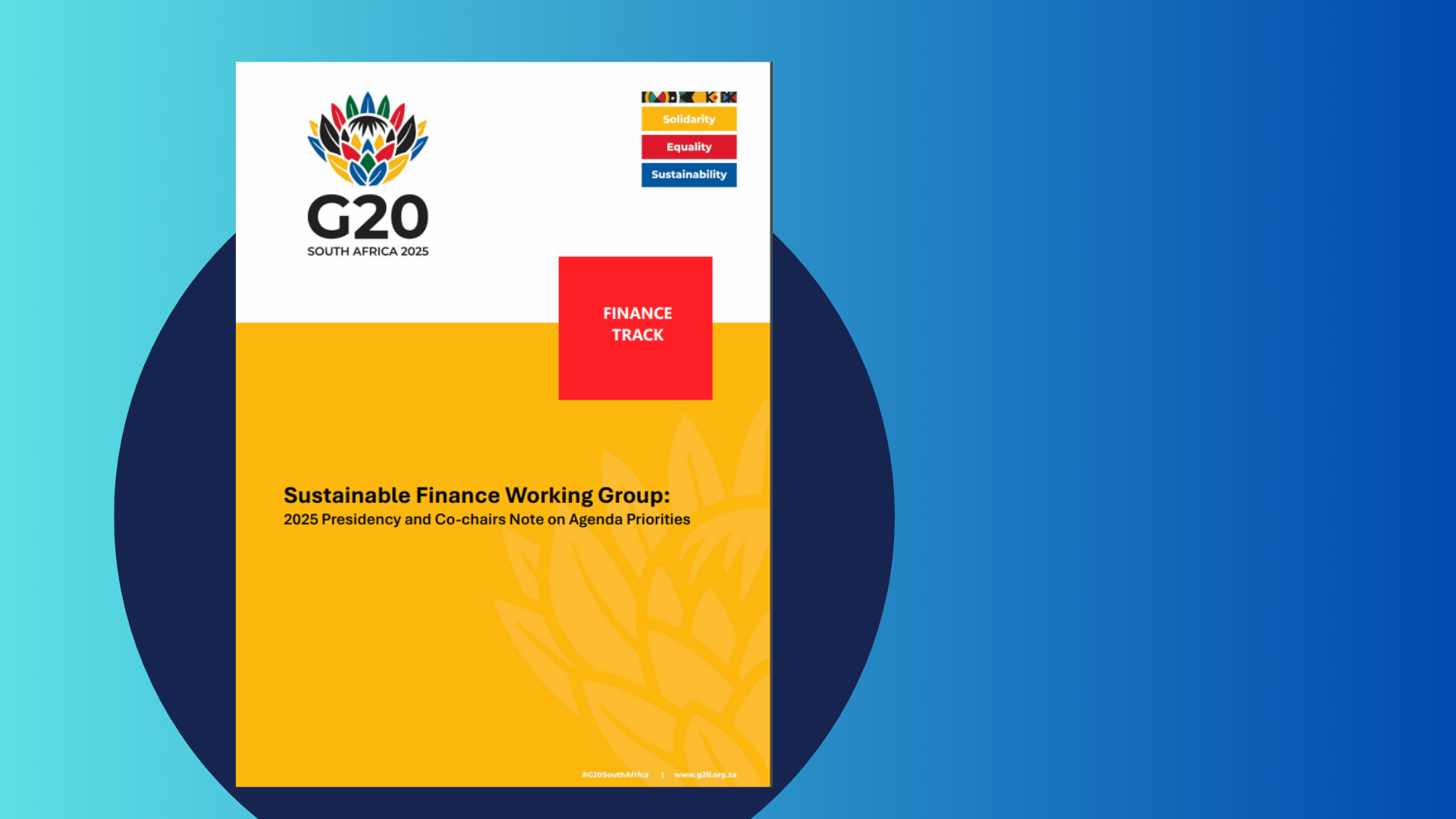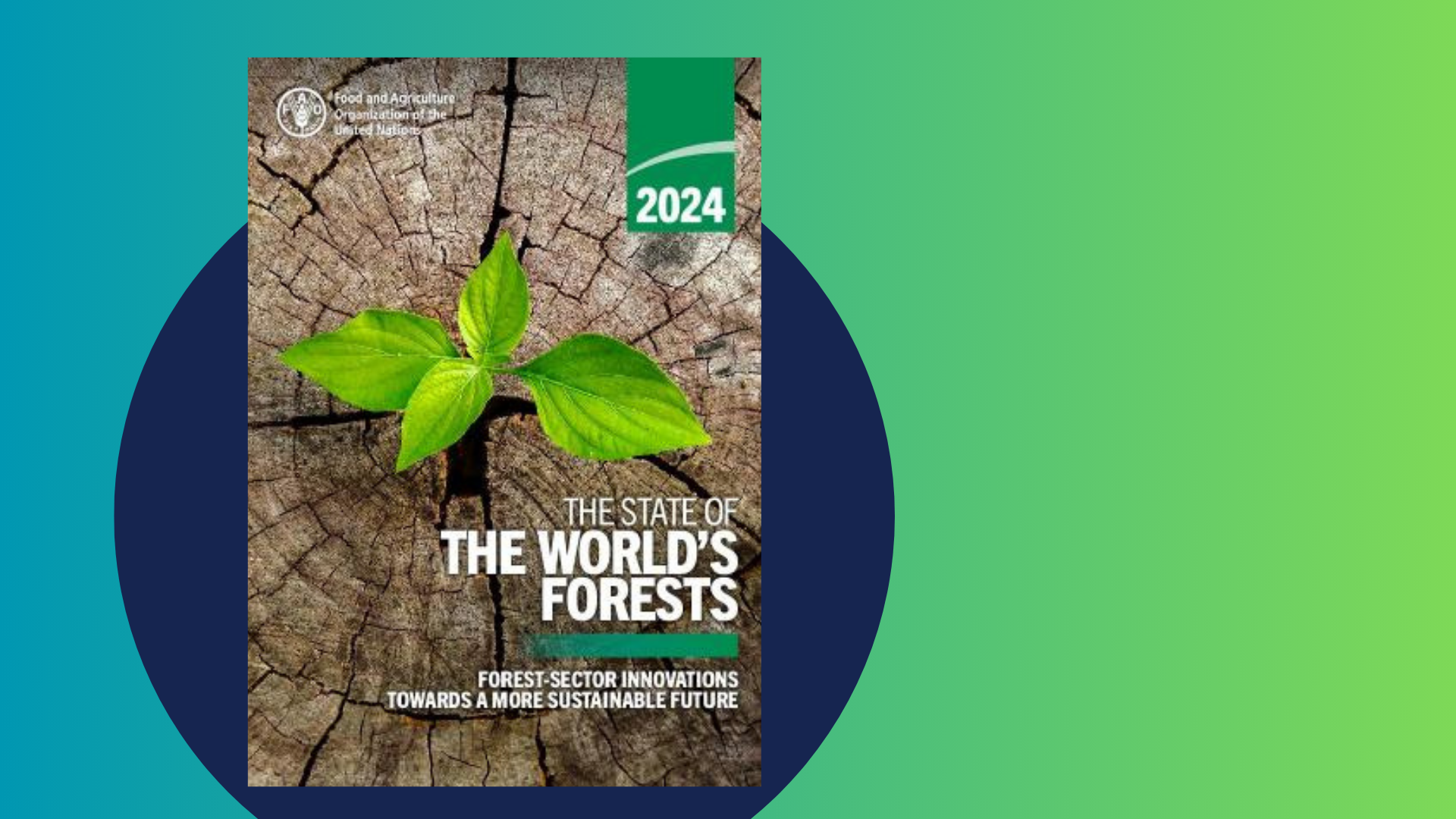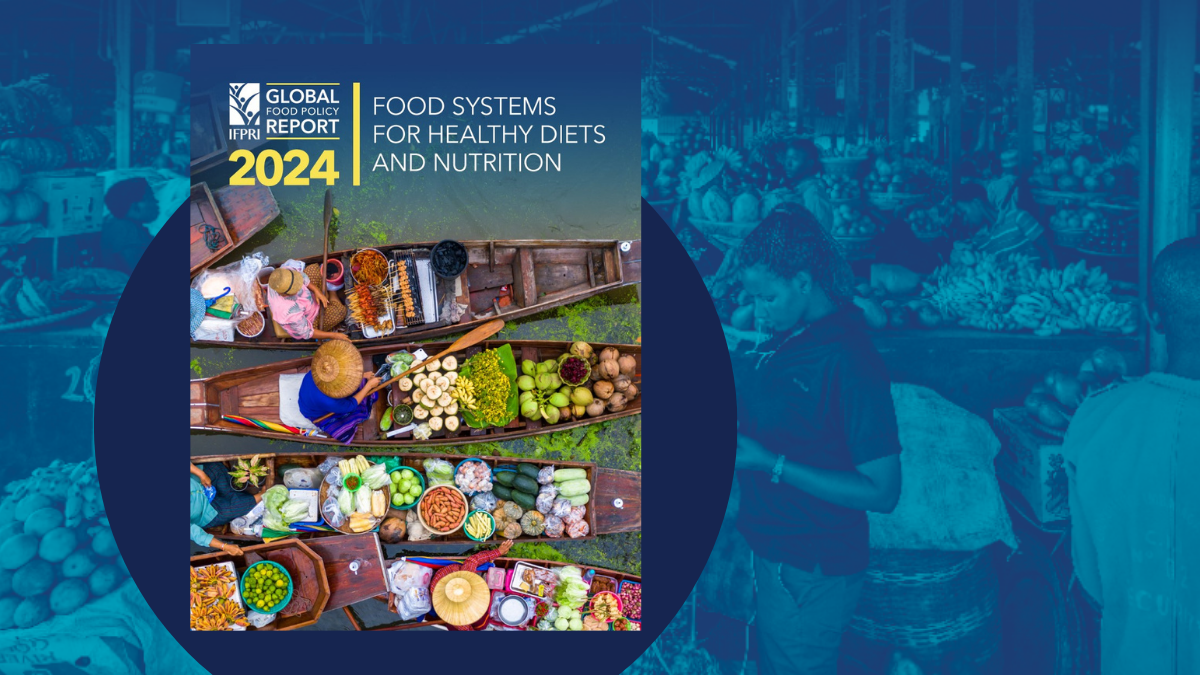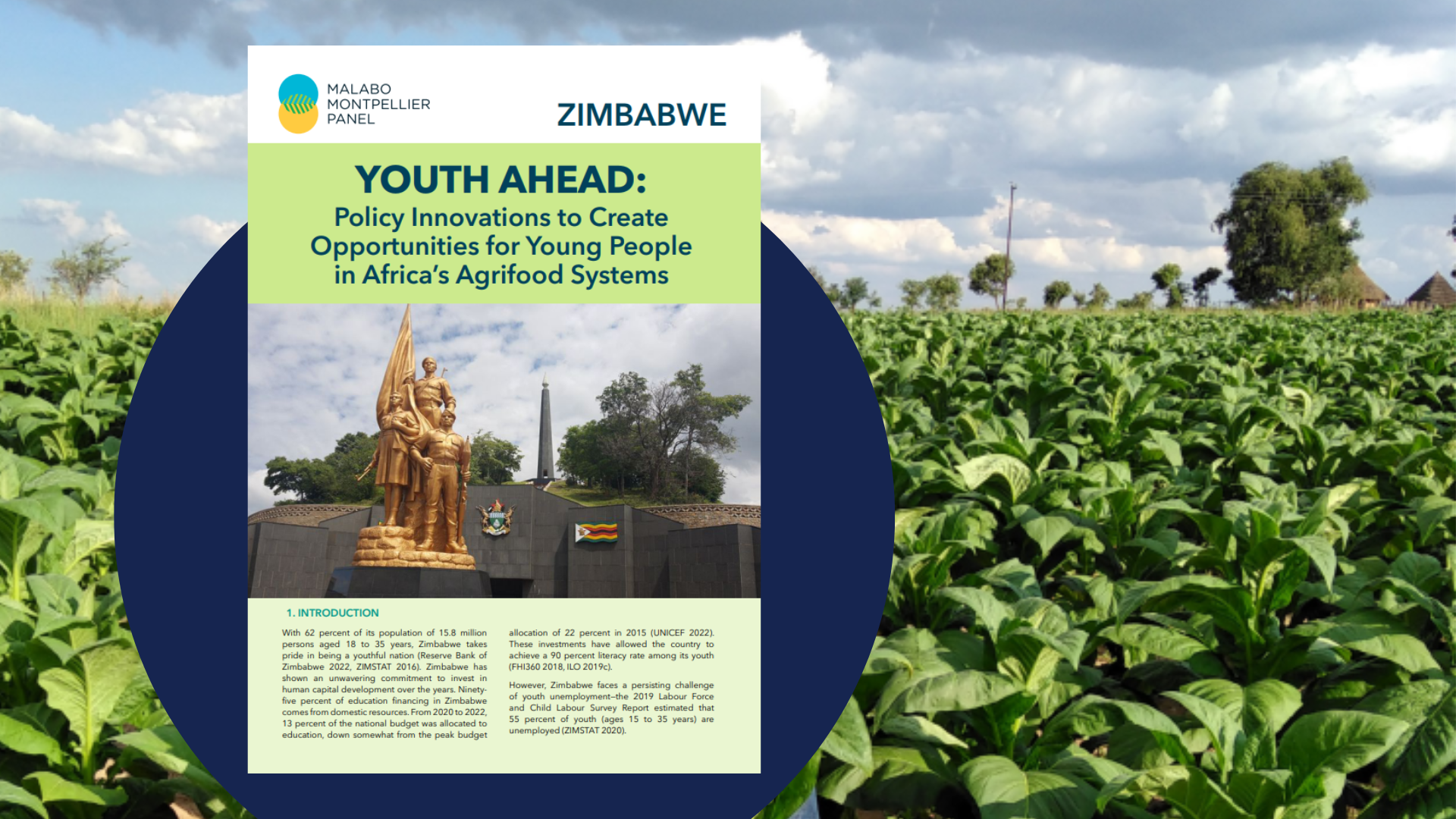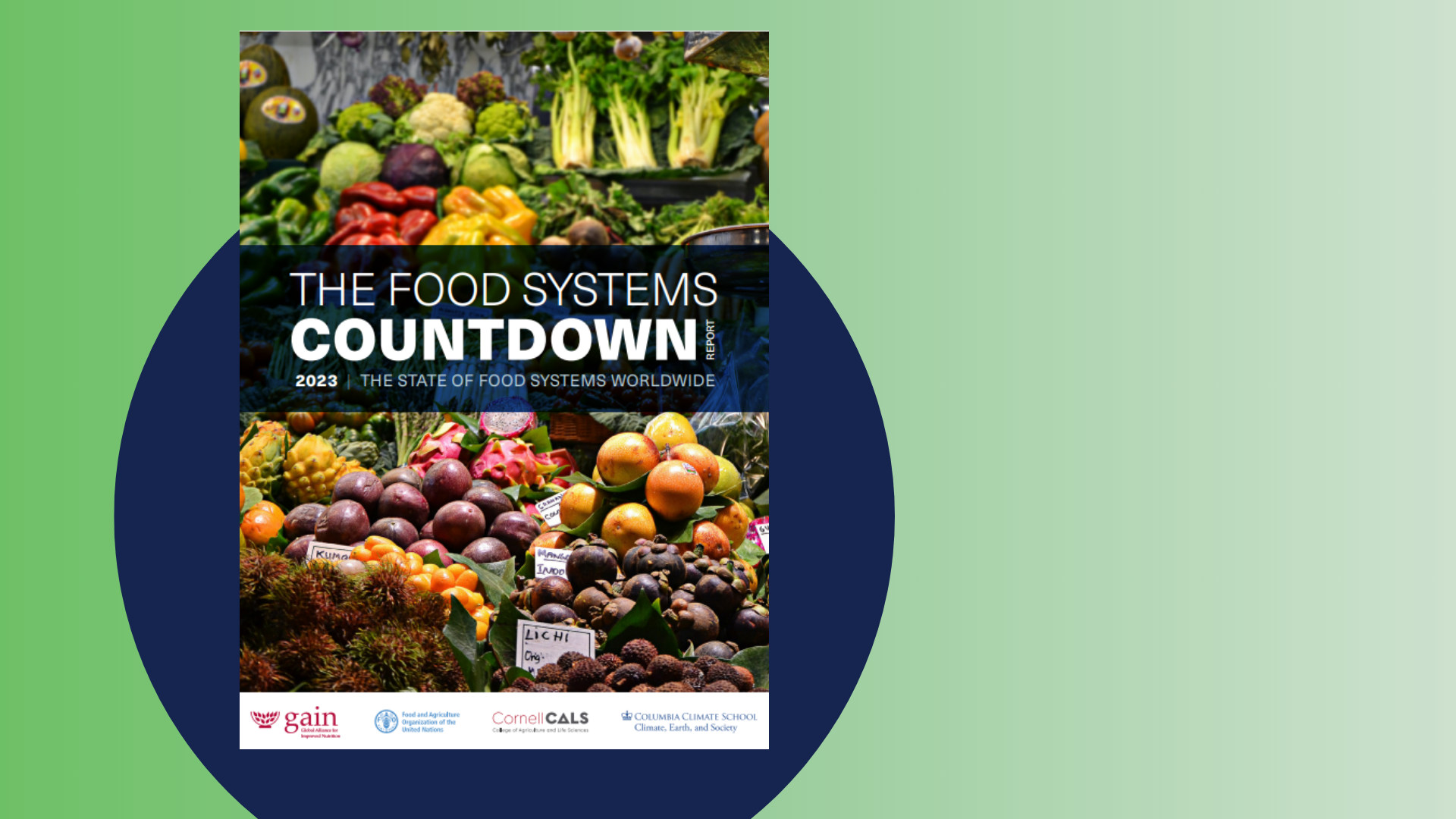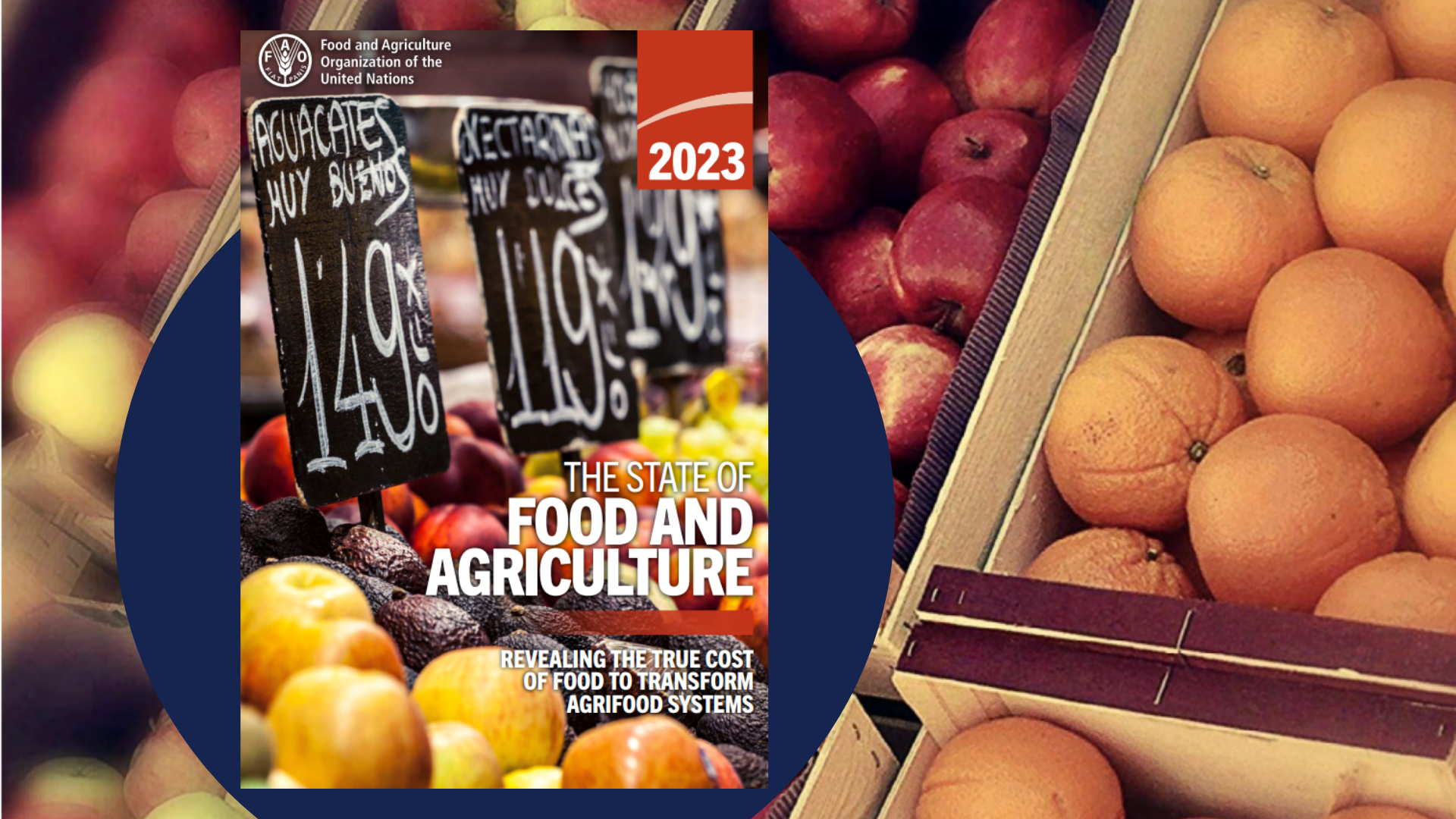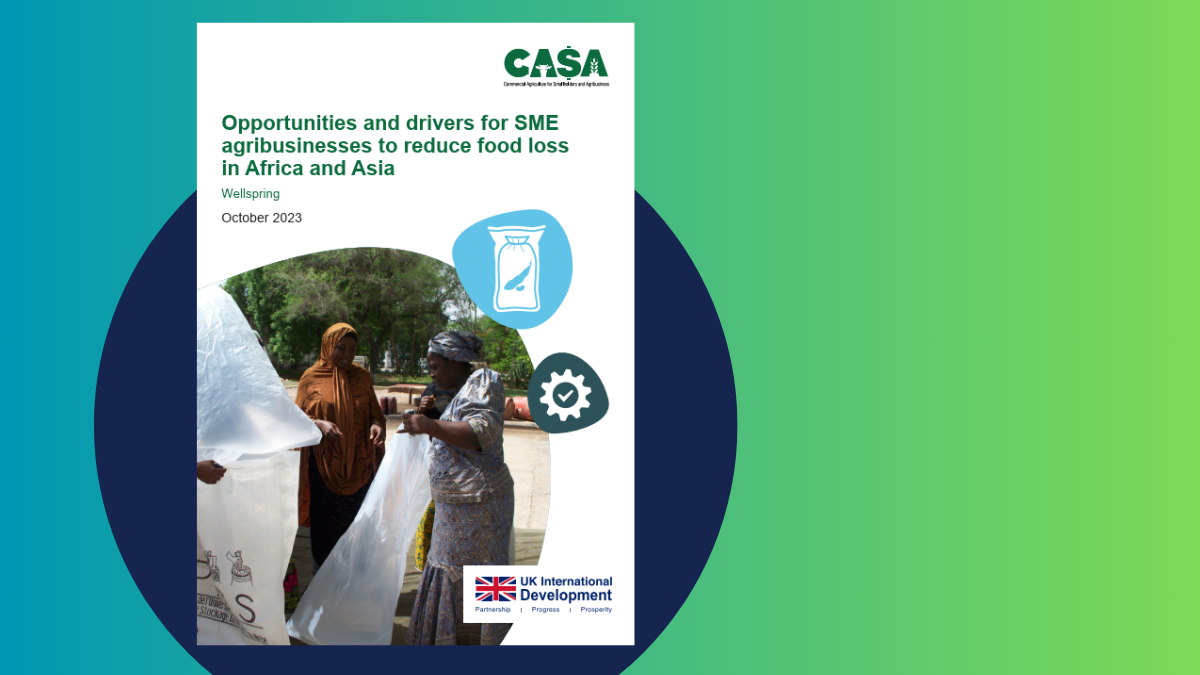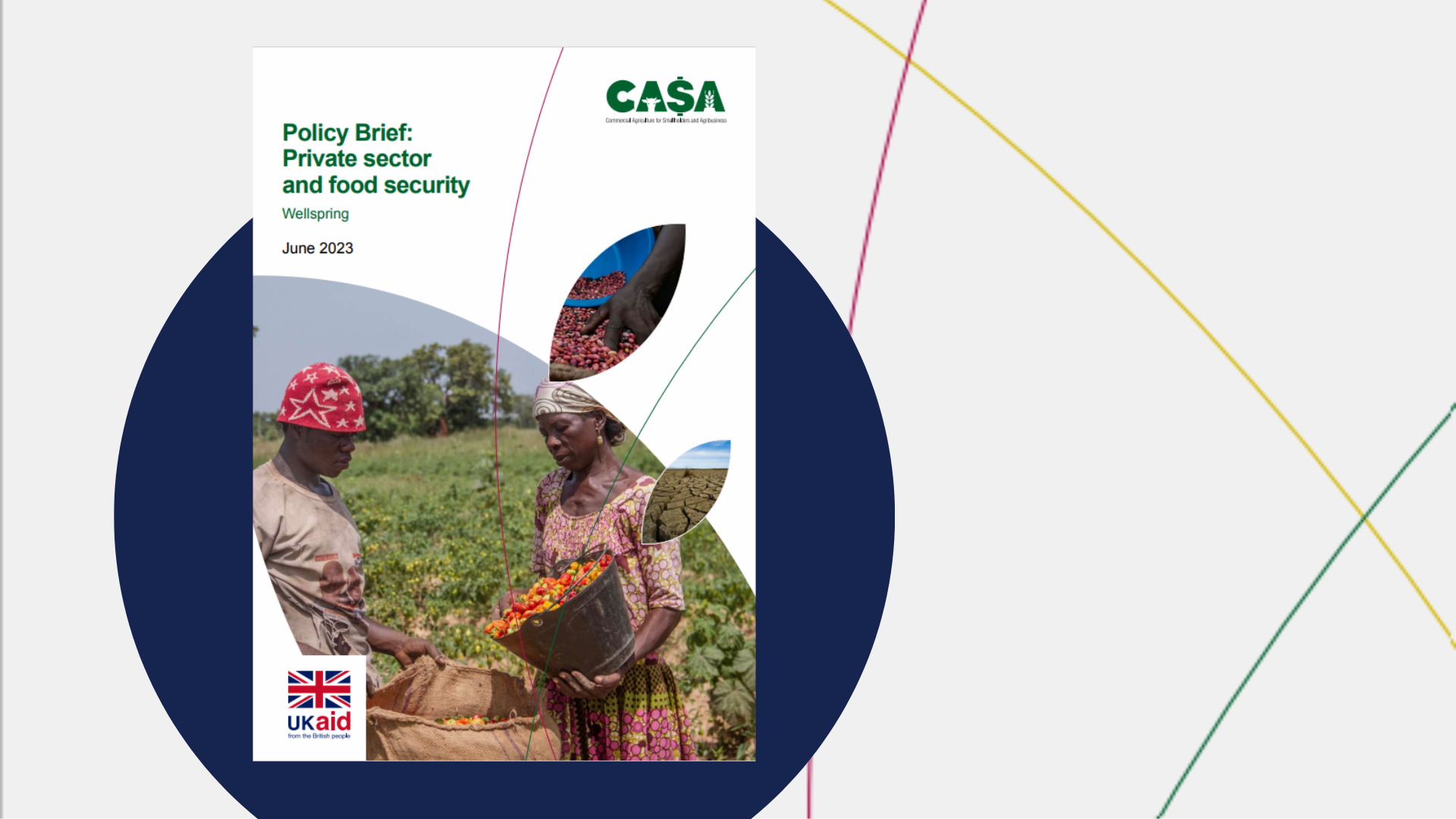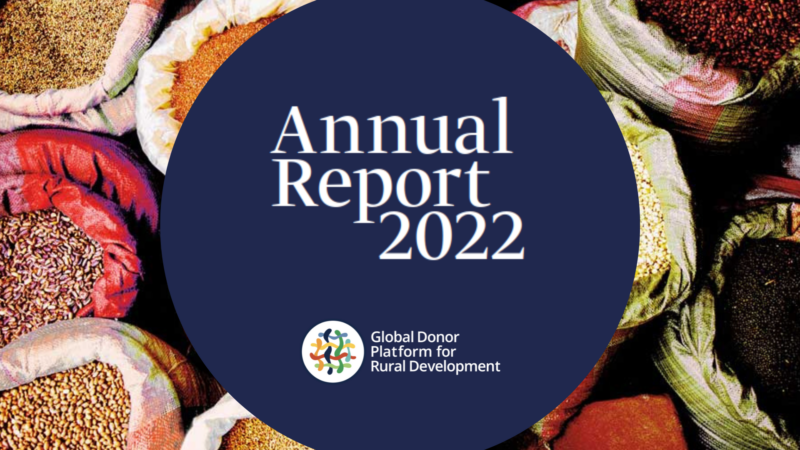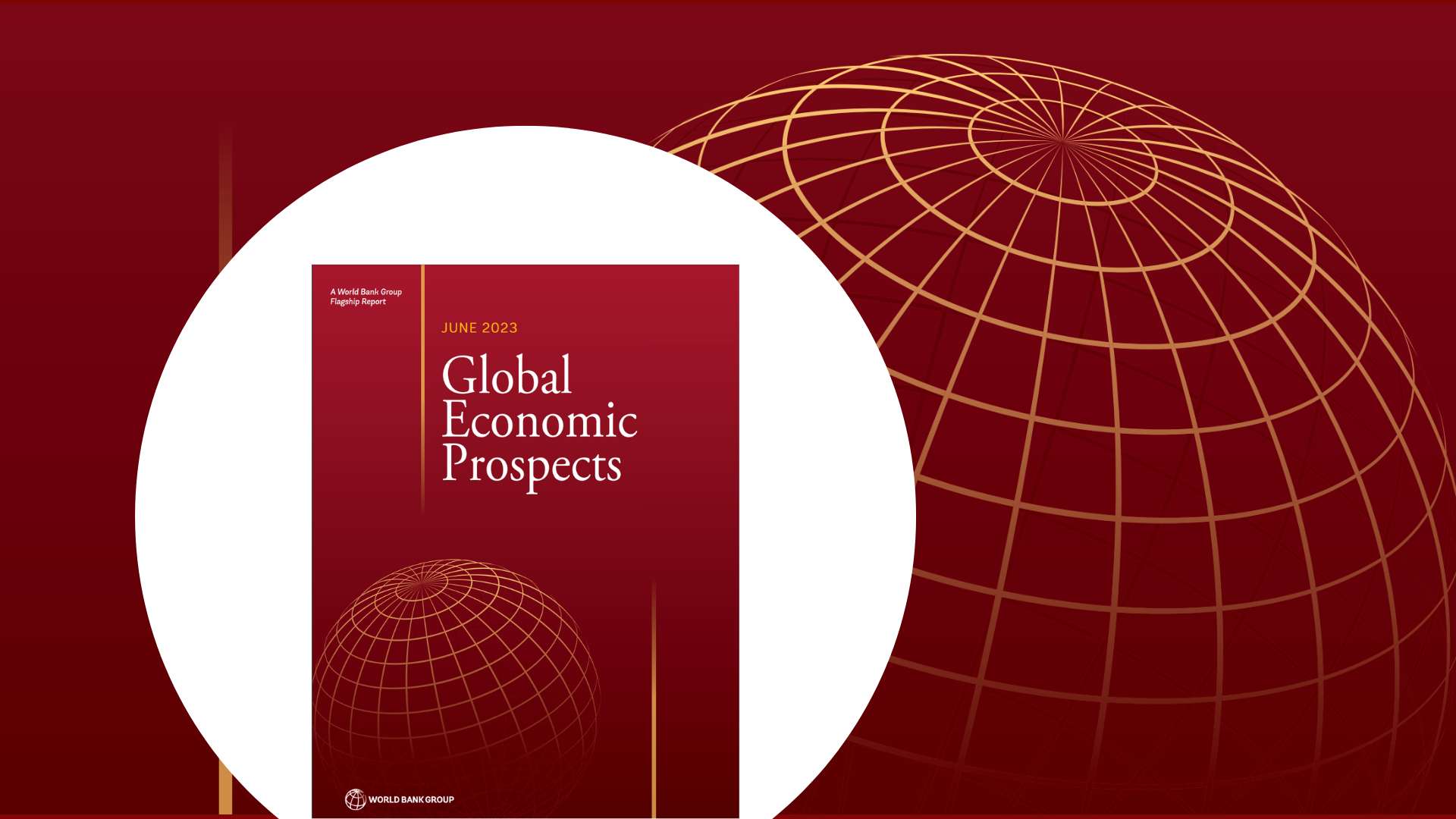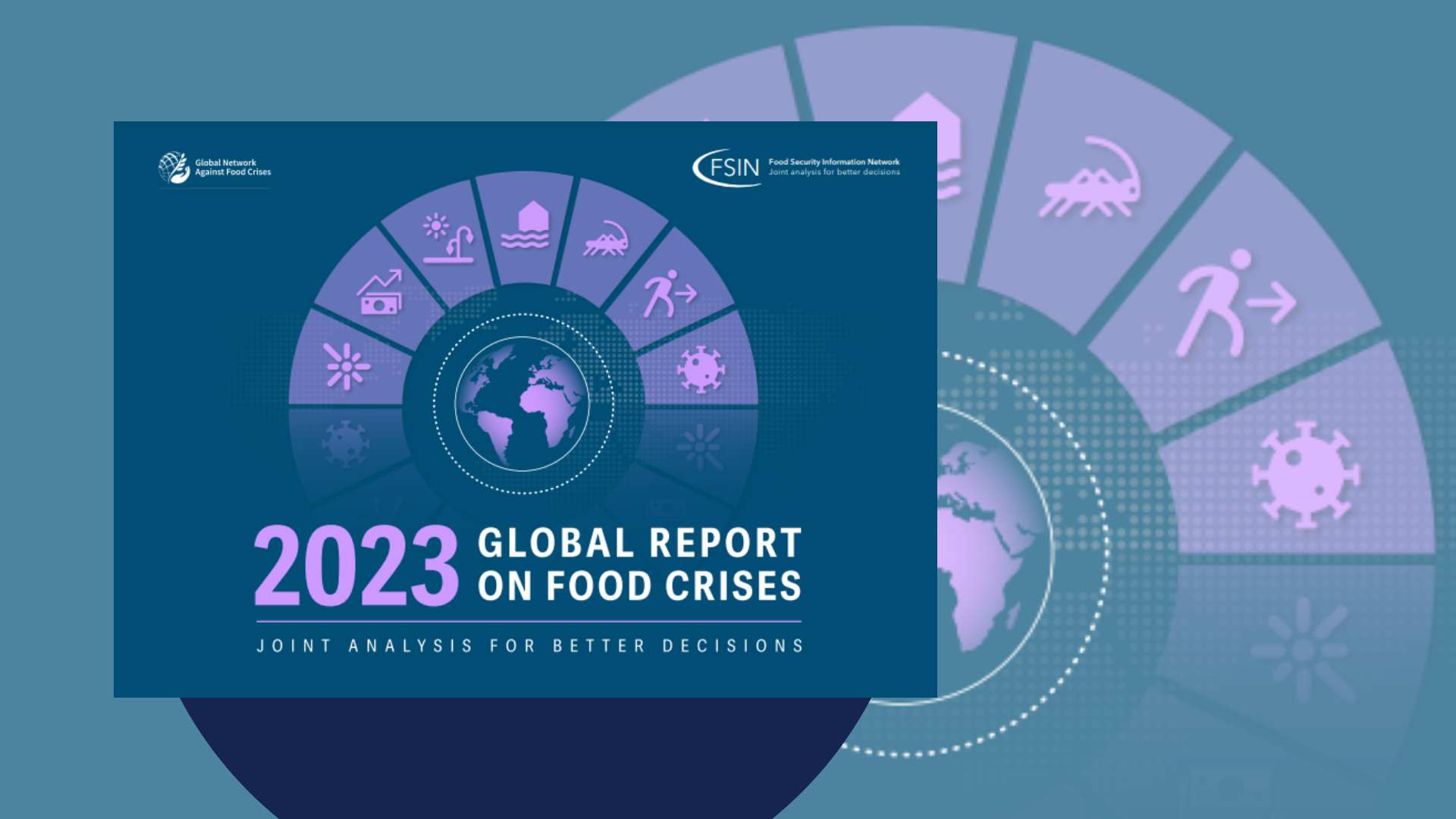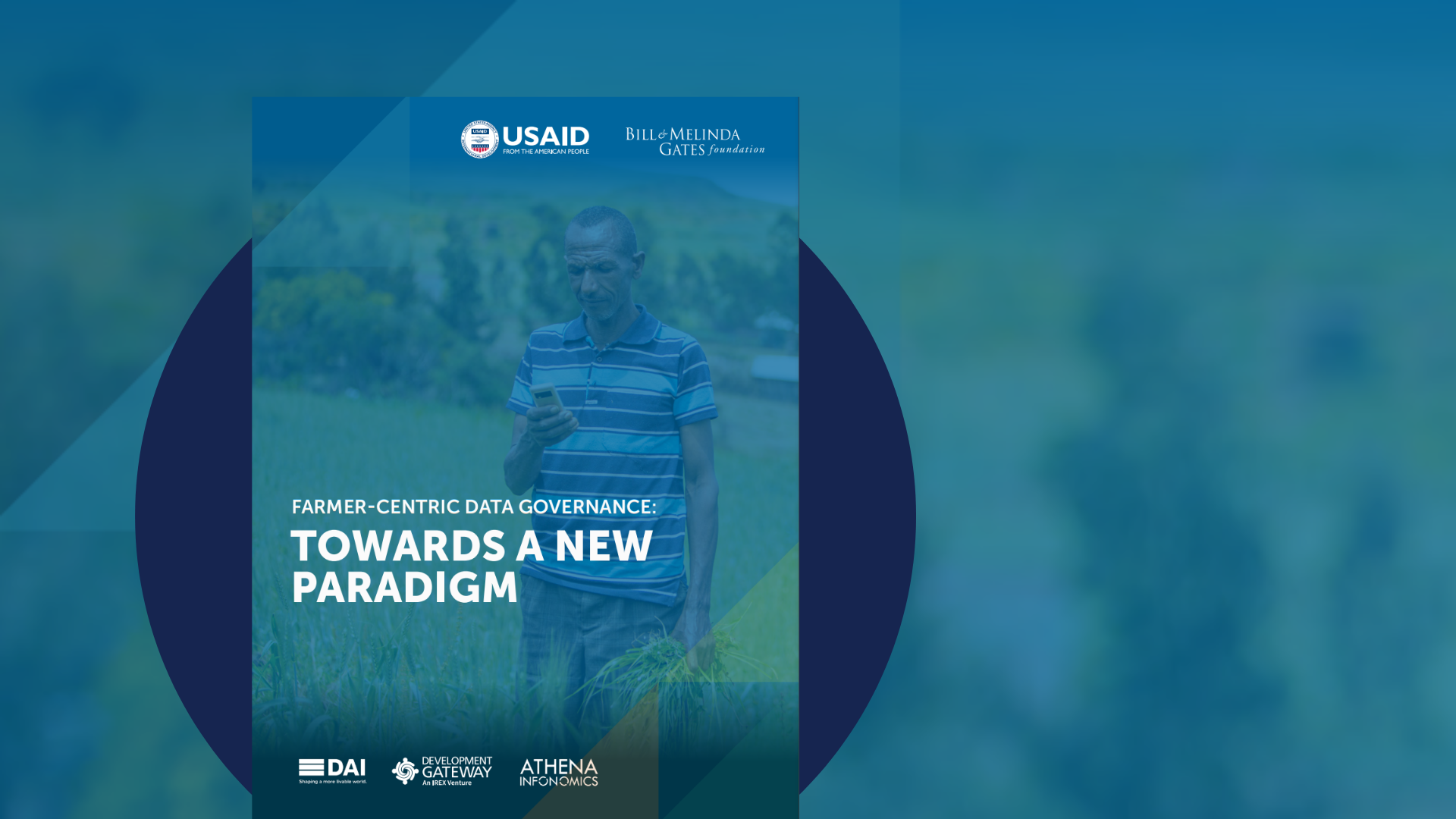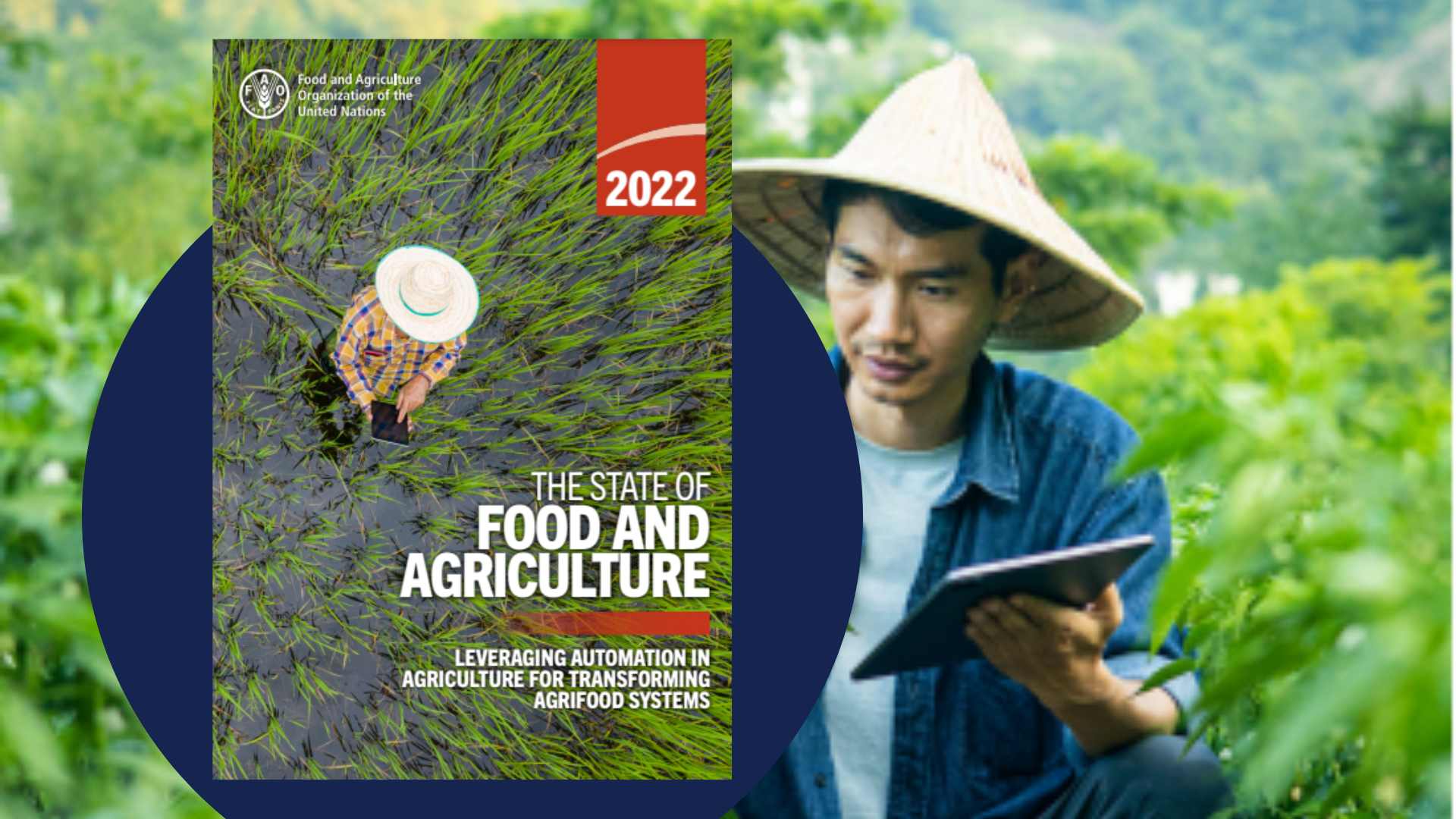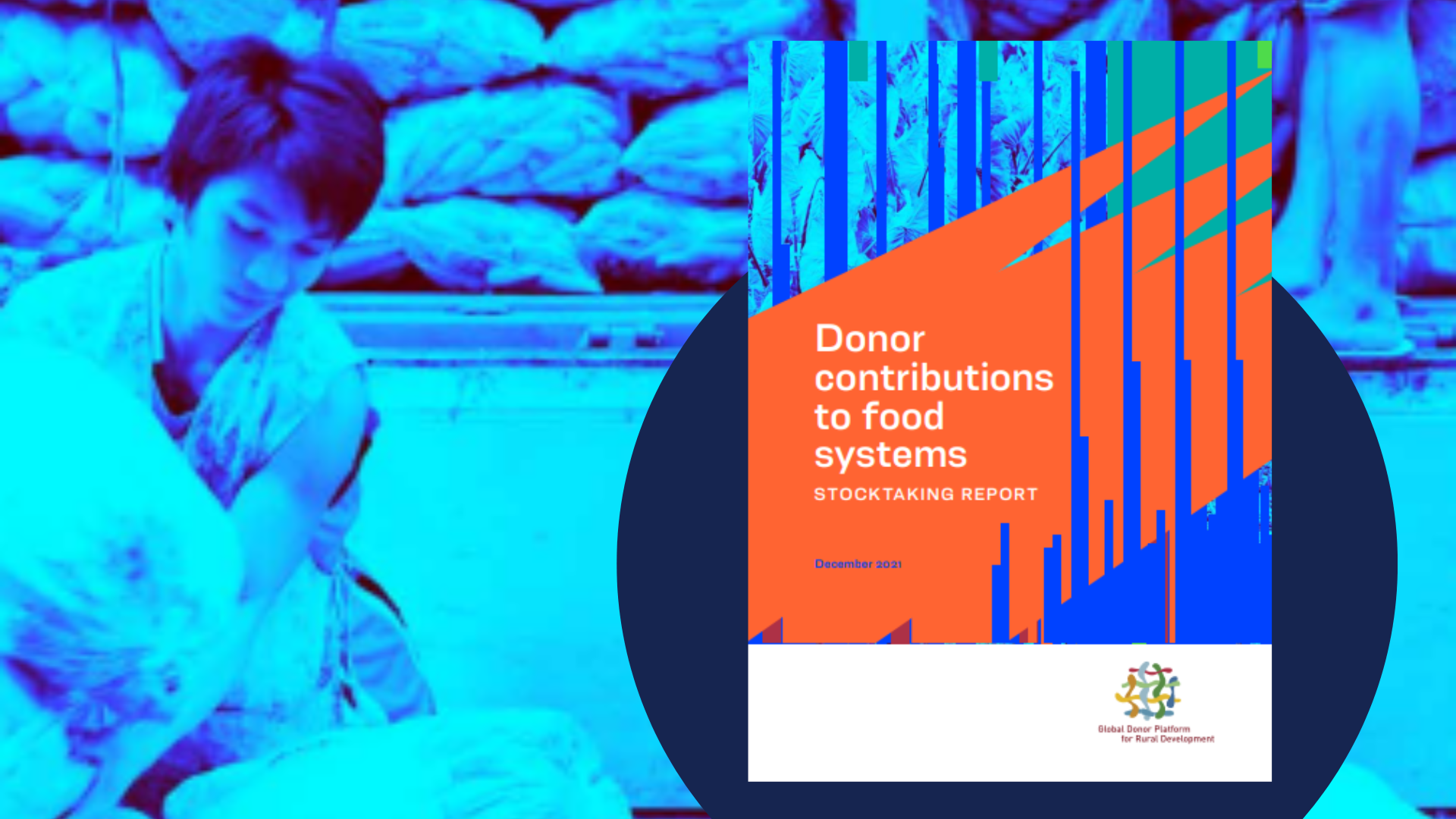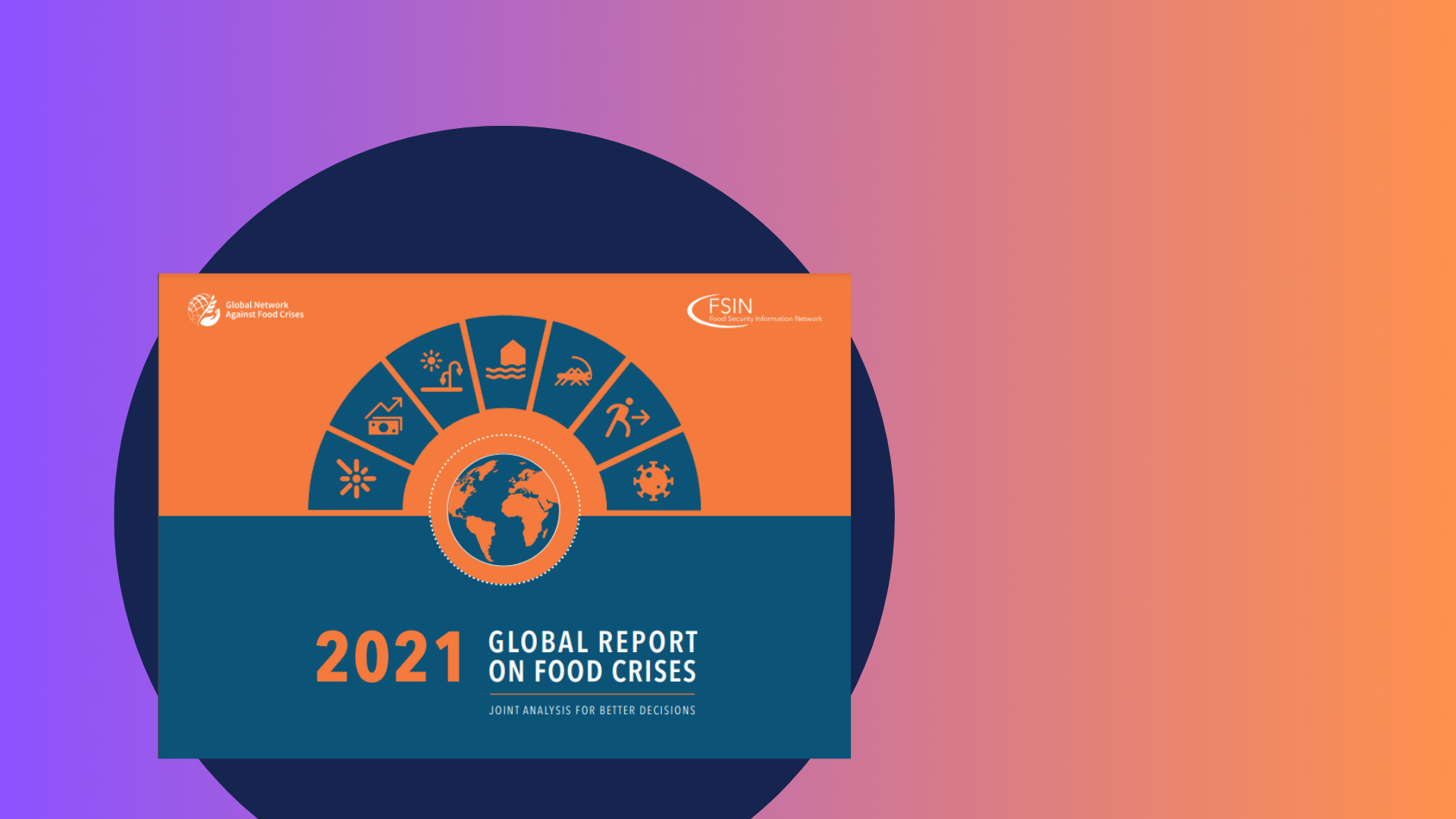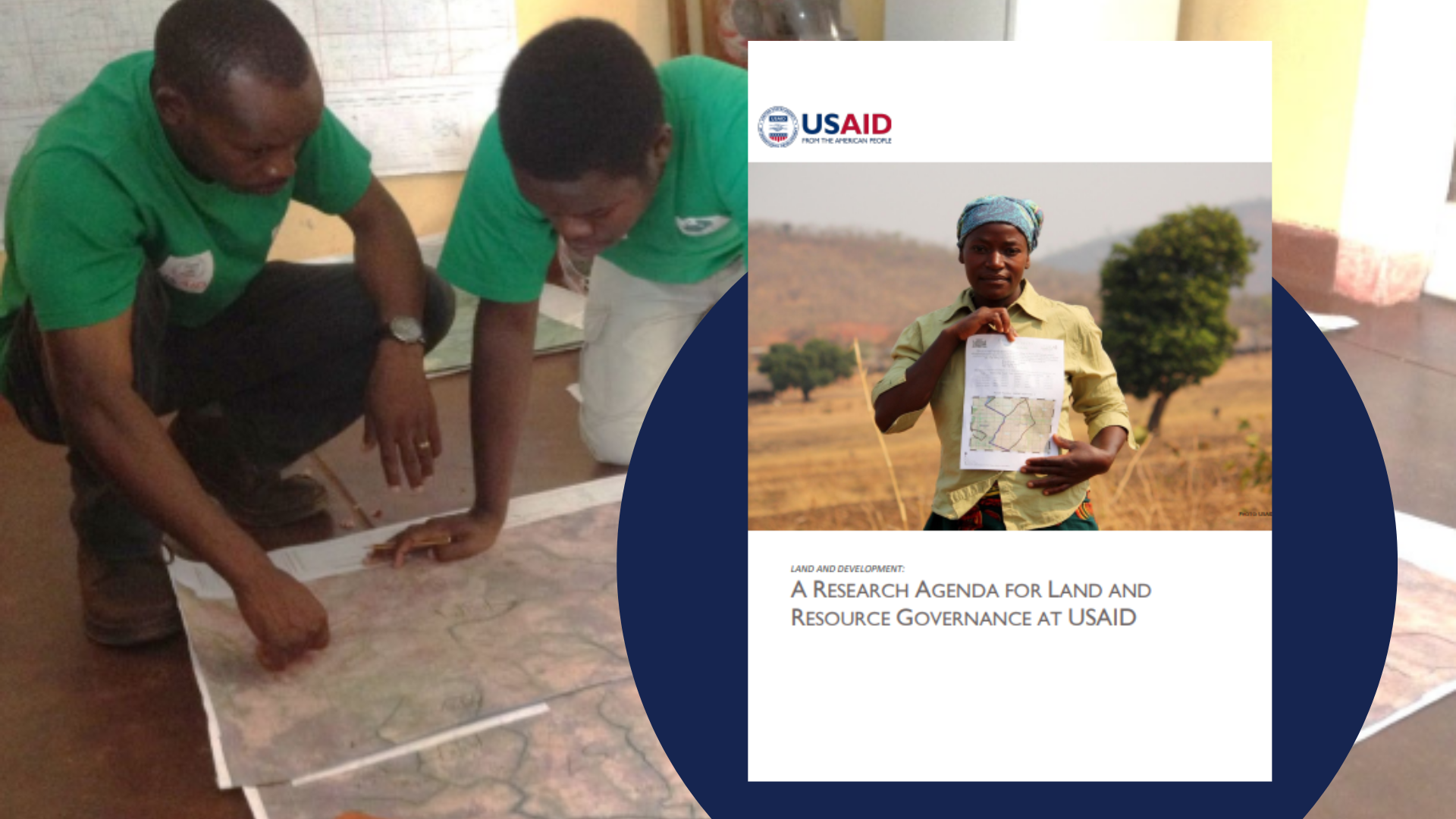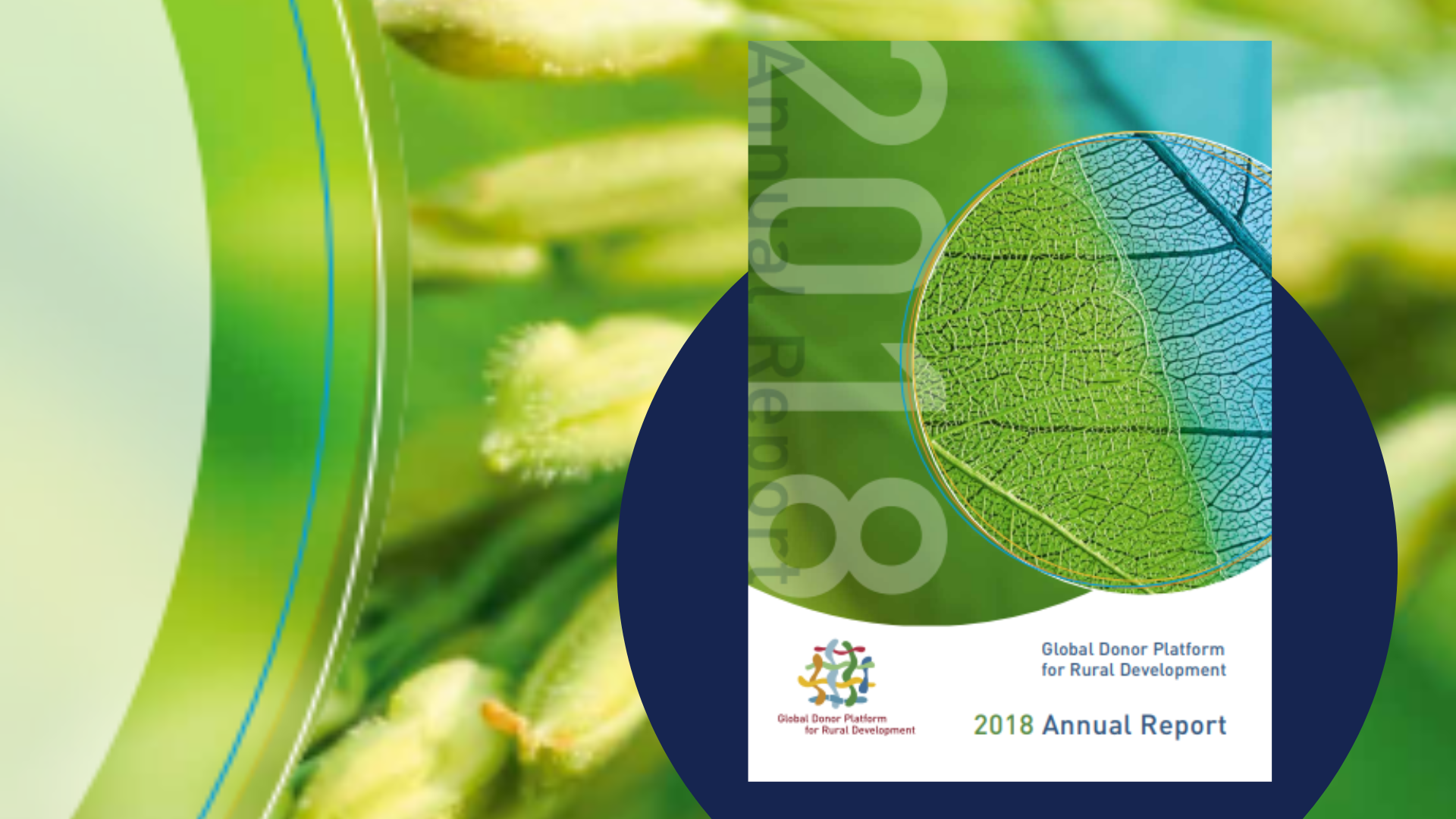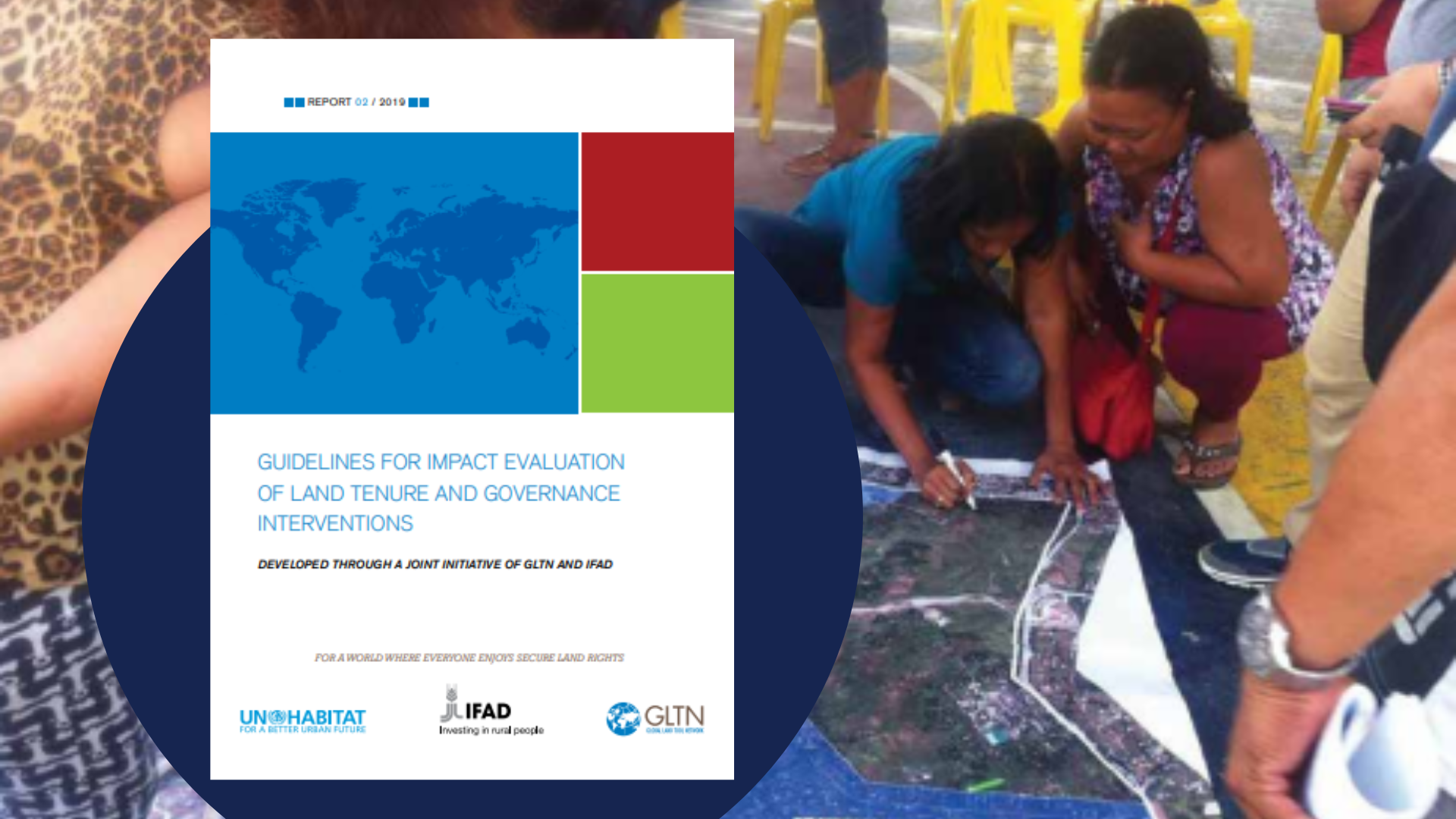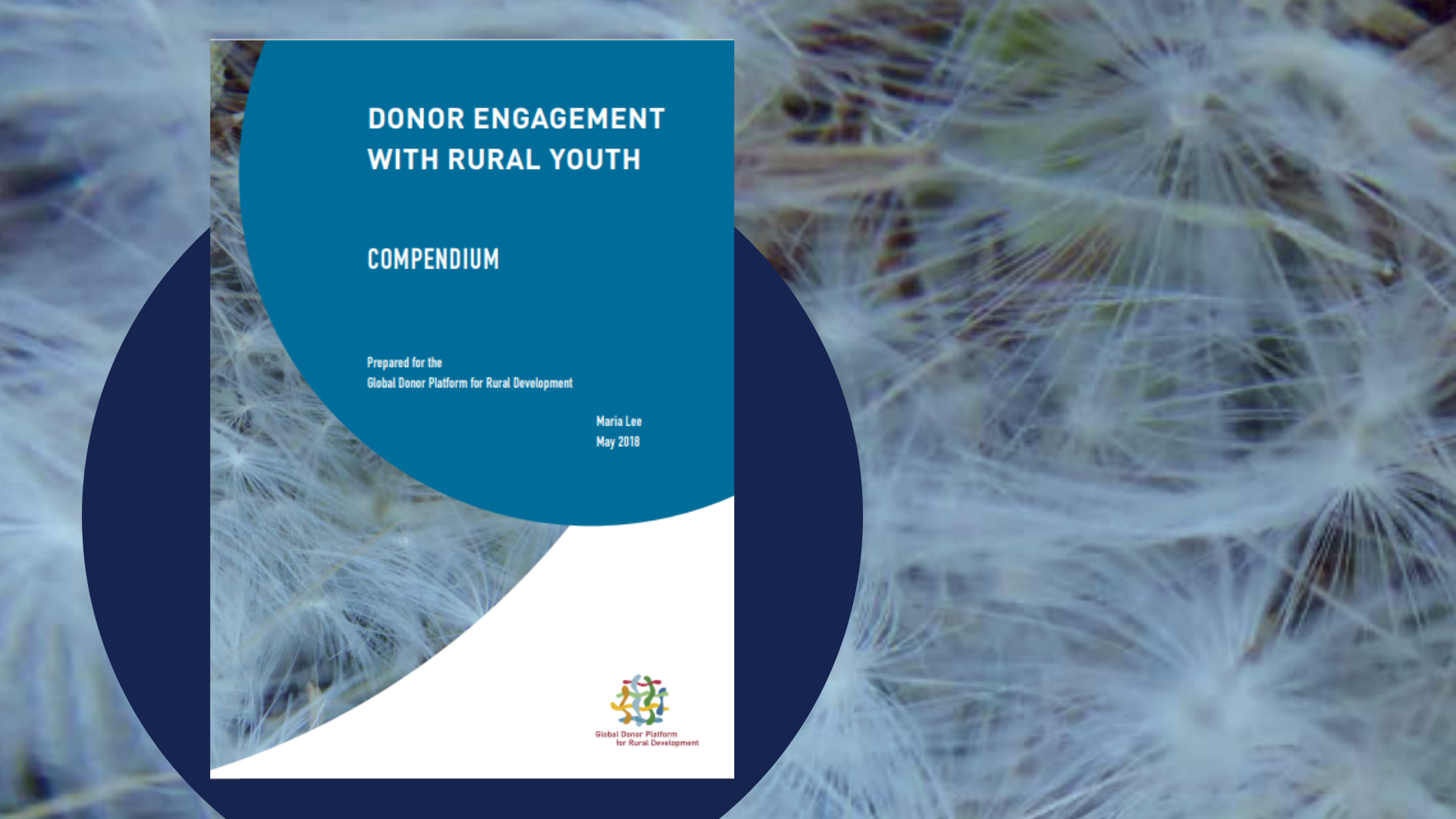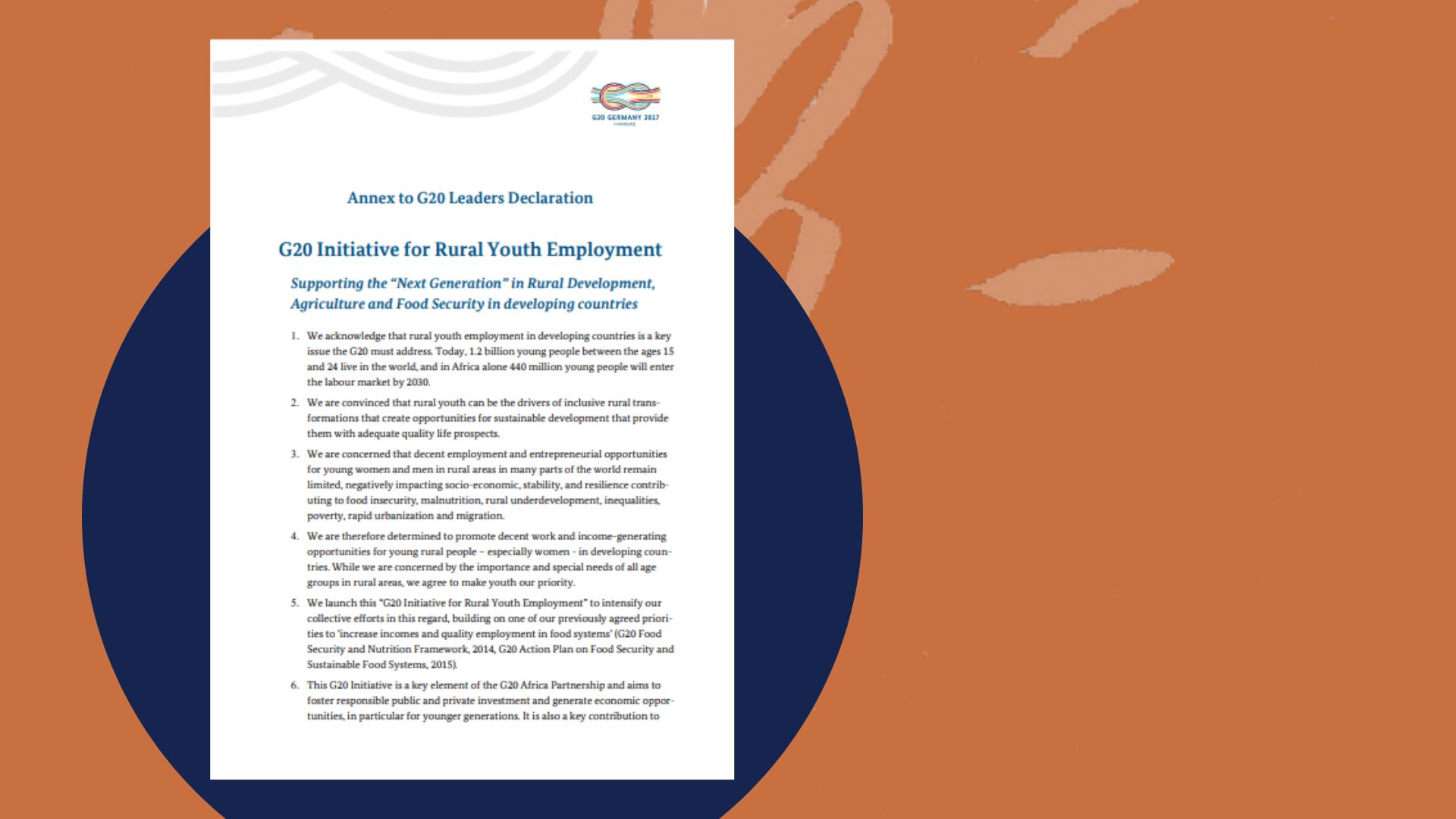Transforming food systems for food security, improved nutrition and affordable healthy diets for all

In recent years, several major drivers have put the world off track to ending world hunger and malnutrition in all its forms by 2030. The challenges have grown with the COVID-19 pandemic and related containment measures. This report presents the first global assessment of food insecurity and malnutrition for 2020 and offers some indication of what hunger might look like by 2030 in a scenario further complicated by the enduring effects of the COVID-19 pandemic. It also includes new estimates of the cost and affordability of healthy diets, which provide an important link between the food security and nutrition indicators and the analysis of their trends. Altogether, the report highlights the need for a deeper reflection on how to better address the global food security and nutrition situation.
To understand how hunger and malnutrition have reached these critical levels, this report draws on the analyses of the past four editions, which have produced a vast, evidence-based body of knowledge of the major drivers behind the recent changes in food security and nutrition. These drivers, which are increasing in frequency and intensity, include conflicts, climate variability and extremes, and economic slowdowns and downturns – all exacerbated by the underlying causes of poverty and very high and persistent levels of inequality. In addition, millions of people around the world suffer from food insecurity and different forms of malnutrition because they cannot afford the cost of healthy diets. From a synthesized understanding of this knowledge, updates and additional analyses are generated to create a holistic view of the combined effects of these drivers, both on each other and on food systems, and how they negatively affect food security and nutrition around the world.








